Case Report: 11CA006
Automotive mechanic dies from thermal burns when the gasoline he was pouring into a vehicle ignited
Download a PDF to print this report:
Automotive mechanic dies from thermal burns when the gasoline he was pouring into a vehicle ignited (11CA006, PDF)
Summary
An automotive mechanic died when gasoline he was pouring into a vehicle ignited and burned him. The victim had just replaced a gas tank on the vehicle. He was using a bucket to pour gasoline into the new fuel tank that did not have the filler hose installed. The fuel spilled onto a wire cage-covered incandescent drop light under the vehicle, which ignited the fuel causing the fire. The victim ran from the vehicle with the bucket of fuel, leaving a trail of spilled gasoline which ignited. The ignited trail of fuel caused the bucket of fuel to also ignite, burning the victim. Contributing factors identified in this investigation were the positioning of the drop light, the type of drop light used, the use of a bucket to store and pour gasoline, and the filling of an incompletely assembled fuel system. The CA/FACE investigator determined that, in order to prevent fires within an automotive repair shop, owners should ensure that:
- Sources of ignition are eliminated when work involves flammable liquids.
- When refueling vehicles with a portable container, the container should be equipped with an automatic closing cap and flame arrester.
- Gas tanks are properly installed before refueling.
Introduction
On Wednesday, April 26, 2011, at approximately 11:00 a.m., a 47-year-old automotive mechanic suffered burns to 95% of his body when the gasoline he was pouring ignited. He died in the hospital the next day from his injuries despite medical intervention. The CA/FACE investigator received notification of this incident on April 27, 2011, from the Los Angeles District Office of the Division of Occupational Safety and Health (Cal/OSHA). On June 9, 2011, the CA/FACE investigator interviewed the owner of the automotive repair shop and two co-workers of the victim. Pictures of the incident scene and copies of the police, fire, and coroner reports were also obtained.
Employer
The employer of the victim was an automotive repair and body shop that had been in business for 11 years and had been at this location for two years. The automotive shop employed four employees.
Written Safety Programs and Training
The company did not have a written safety program or an Injury and Illness Prevention Program (IIPP). The automotive repair shop had no job training program that provided safety training to employees in English or Spanish. The owner stated that he held undocumented, informal weekly safety training sessions.
Worker Information
The victim was born in Mexico and had been in the United States for 20 years. He had a bachelor’s degree in education and had been a school teacher in Mexico. He received a certificate in automotive repair from a trade school and had worked as an automotive mechanic for the past ten years. The victim had worked for the company for two years as an automotive mechanic. The victim could read, write, and speak both Spanish and English.
Incident Scene
The location of the incident was a small automotive repair shop in Los Angeles County. The shop was a one-story building measuring approximately 50 feet wide by 80 feet long. The main entrance to the building was a metal roll-up door. The shop’s office was located inside the shop next to the main door. The shop area was cluttered with vehicles in different stages of repair. The lighting within the shop was poor and mechanics had to rely on portable lights to illuminate their work area.
Investigation
On the day of the incident, the victim was replacing a fuel tank on a car. The victim had the car elevated on an automotive lift and was using a wire cage-covered incandescent drop light to illuminate the work area under the vehicle. The victim removed the old fuel tank and replaced it with a new one; however, the filler neck of the fuel tank was not secured in place. After installing the new tank, he lowered the lift but left the drop light under the car. He then took a bucket filled with gasoline and started pouring the fuel into the car. Some of the gasoline spilled down the side of the fuel tank and onto the drop light. The light ignited the fuel and a flash of flames engulfed the car. The victim, still holding onto the bucket of gasoline, ran from the burning vehicle leaving behind a trail of spilled gasoline which rapidly ignited. The flames traveled along the trail of spilled fuel to the victim's bucket and ignited. The victim was overcome by the flames and collapsed at the shop's main entrance.
The owner of the shop was in the office on the phone when he saw the flames and immediately called 911, then grabbed the fire extinguisher and ran out to the shop to attempt to put out the fire. Other employees in the shop immediately grabbed the fire extinguishers to put out the fire but backed away because the fire was too intense. A water hose was also used to help put out the fire. Employees from surrounding businesses also arrived on the scene with fire extinguishers to help fight the fire. It wasn’t until the flames were extinguished that they realized the victim had caught fire and was lying at the main entrance. The shop owner saturated the victim in motor oil, incorrectly believing that the oil would help reduce the severity of the burns. The local fire department treated the victim at the scene and then transported him by ambulance to a local hospital where he was diagnosed with burns to 95% of his body. Despite medical intervention he died from his injuries the next day.
Contributing Factors
Occupational injuries and fatalities are often the result of one or more contributing factors or key events in a larger sequence of events that ultimately result in an injury or fatality. CA/FACE identified the following items as contributing factors in this incident that ultimately led to the fatality:
- A wire cage-covered incandescent drop light was placed under the vehicle while fueling.
- Fueling a vehicle that did not have the fuel system completely assembled.
- Pouring gasoline from a bucket.
Cause of Death
The cause of death according to the death certificate was thermal burns.
Recommendations
In order to prevent fires at automotive repair shops, owners should ensure that:
Recommendation #1: Sources of ignition are eliminated when work involves flammable liquids.
Discussion: In this incident, the victim was using a drop light with an incandescent light bulb under the vehicle while it was raised on the lift. The drop light was still under the vehicle when he lowered the lift. When he attempted to pour gasoline into the vehicle's gas tank, it spilled onto the drop light and immediately ignited. When lowering an automotive lift, the area under it should always be kept clear of tools, parts, and materials so as to avoid any damage to the item, the vehicle on the lift, or the lift itself. If illumination is absolutely required in proximity to a fueling operation, an explosion/ignition-proof or intrinsically safe drop light should be used. Explosion/ignition-proof lights enclose the bulbs in a case that can withstand the force of the bulbs exploding and they prevent substances from reaching the bulbs where high temperatures might cause them to ignite. Intrinsically safe lights do not reach the temperatures or allow the sparking necessary for fuel ignition. If the victim used this type of drop light or had removed the drop light from under the vehicle prior to lowering the lift, this incident could have been prevented.
Recommendation #2: When refueling vehicles with a portable container, the container should be equipped with an automatic closing cap and flame arrester.
Discussion: In this incident, the victim used a plastic five-gallon bucket to refuel the vehicle. When he attempted to pour gasoline from the bucket into the vehicle, it spilled on the vehicle's tank and fender and onto the drop light hanging directly below the tank, which ignited the fuel vapors. As he ran away from the vehicle with the bucket of gasoline, he spilled fuel. This spilled fuel caught fire and then ignited the fuel in the bucket, engulfing the victim. An approved safety container equipped with an automatic closing cap and flame arrester prevents fuel from splashing out and flames from getting in. Had the victim used an approved container, the fire might have still occurred, but the container would have been protected and he probably would not have suffered fatal injuries.
Recommendation #3: Gas tanks are properly installed before refueling.
Discussion: In this incident, the victim installed a new gasoline tank in a vehicle but didn't attach the filler hose from the tank to the vehicle. A filler hose is important to the refueling process because it provides a safe and direct route to the tank where the likelihood of spillage would be minimal. Without a filler hose, the fuel would splash over the tank and fender of the vehicle allowing gasoline vapors to escape and possibly ignite if there is an ignition source close by. Had the victim inspected his work prior to adding fuel to the tank, he would have noticed the missing filler hose and likely prevented this incident.
Exhibits
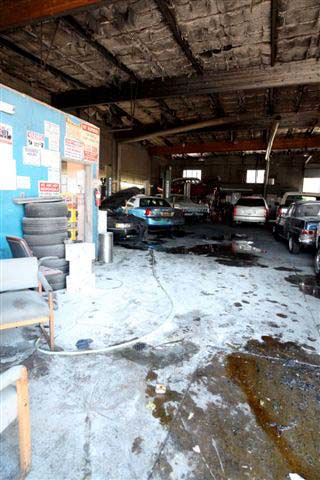
Exhibit 1. The incident scene viewed from the entrance to the shop.
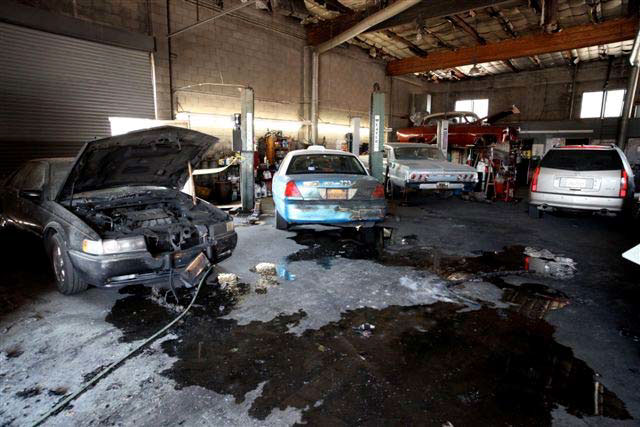
Exhibit 2. Vehicles damaged by the fire.
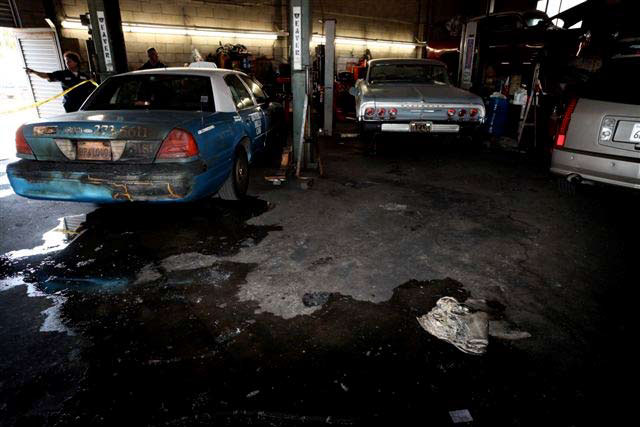
Exhibit 3. The white vehicle, center, involved in the incident, with the melted plastic bucket used to pour gasoline shown in the foreground.
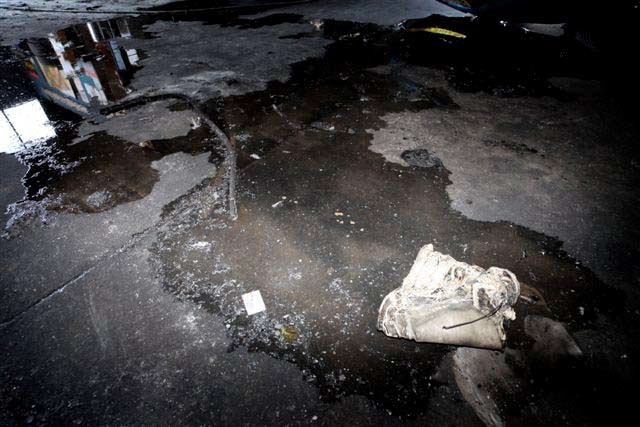
Exhibit 4. The remains of the bucket used to pour gasoline into the vehicle.
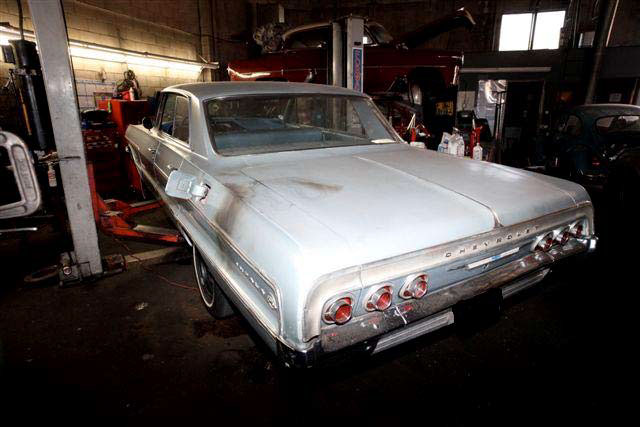
Exhibit 5. The vehicle involved in the incident.
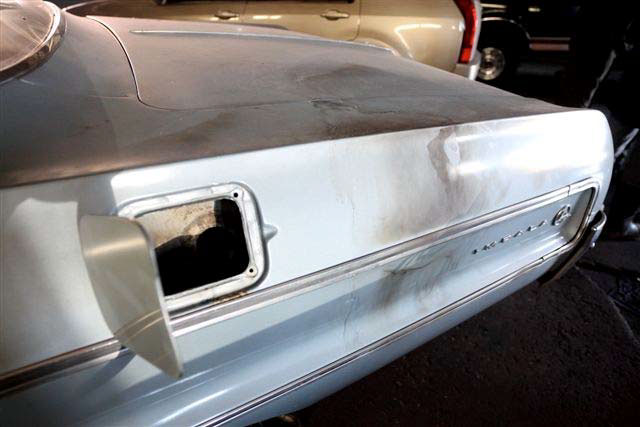
Exhibit 6. The vehicle's fuel tank inlet.
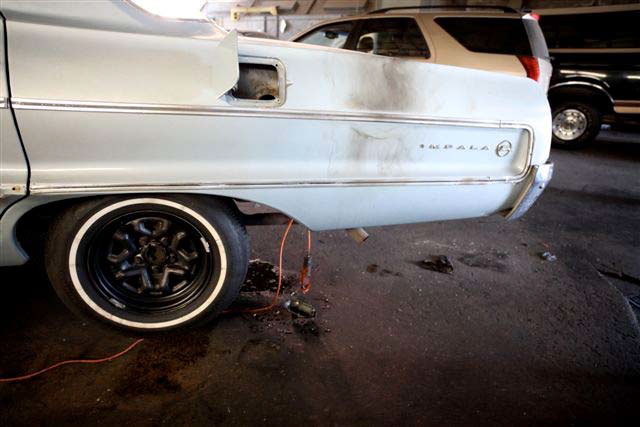
Exhibit 7. The drop light that was left hanging under the vehicle when the automotive lift was lowered.
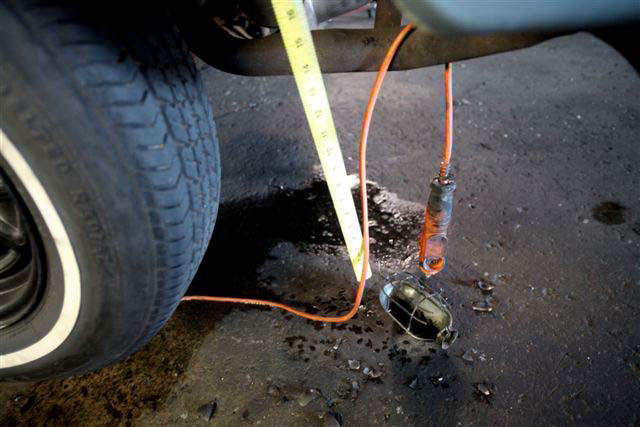
Exhibit 8. Close-up of the drop light.
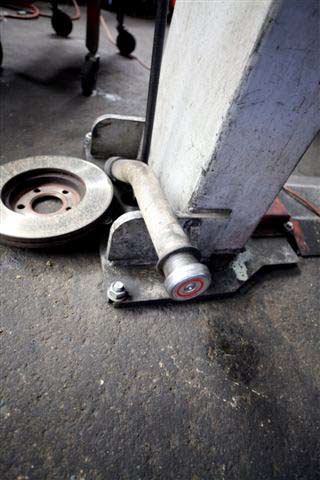
Exhibit 9. The gas tank filler hose.
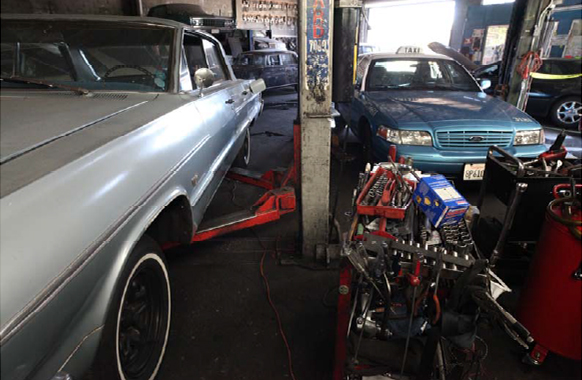
Exhibit 10. The distance from the vehicle to the shop's main entrance.
Acknowledgement
CA/FACE would like to thank and acknowledge the Los Angeles City Fire Department Arson/Counterterrorism Section for providing pictures for this report.
References
California Code of Regulations - Subchapter 7. General Industry Safety Orders
Group 2. Safe Practices and Personal Protection
Article 7. Miscellaneous Safe Practices
§ 3319. Fueling.
Group 1. General Physical Conditions and Structures Orders Introduction
§3203. Injury and Illness Prevention Program.
Authors
Hank Cierpich, FACE Investigator
Robert Harrison, MD, MPH, FACE Project Officer
Laura Styles, MPH, Research Scientist
May 1, 2012